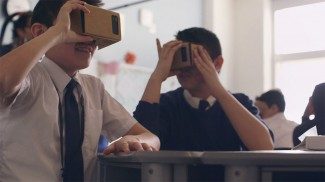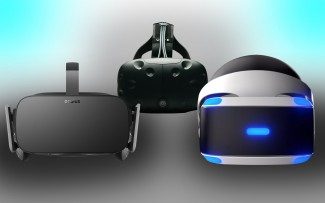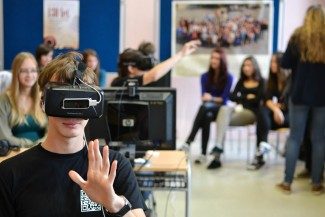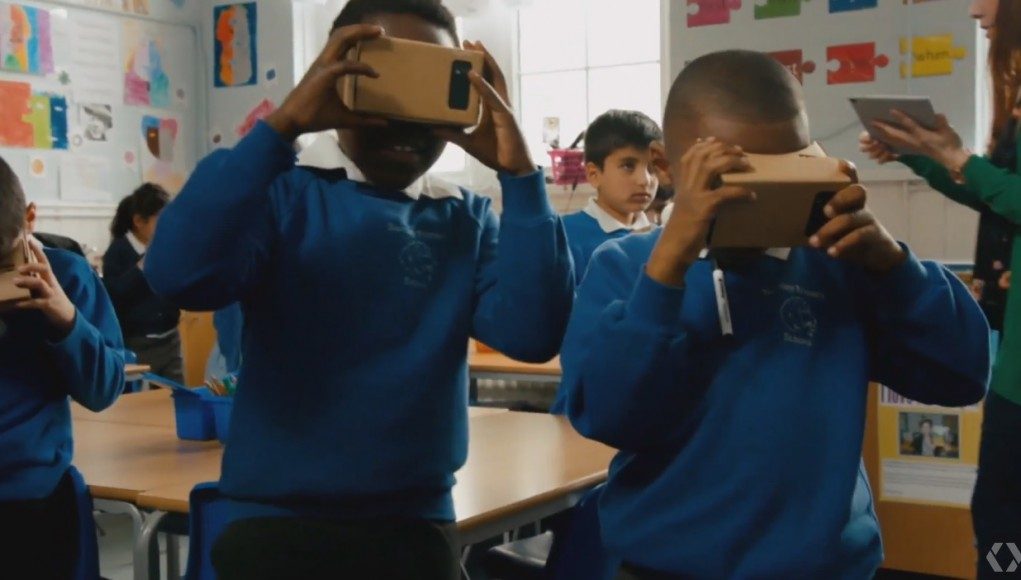The race to explore the wide open frontier of virtual reality attracts all types. Game designers, filmmakers, and theatre artists are all trying their hands at crafting entertainment of all sorts. We’ve also seen journalists develop new ways of immersing audiences in true-life tales, and UX designers start to solve the puzzles of computing in VR. What I want to talk to you about today, however, is a part of the tech sector that isn’t as ‘sexy’ as those, but in the long run it can prove to be as important, if not more so. The subject at hand: educational technology.
 Noah Nelson (@noahjnelson) is the head writer of Turnstyle News (turnstylenews.com), a public media website that covers tech and entertainment, and a project of the Peabody Award winning Youth Radio.
Noah Nelson (@noahjnelson) is the head writer of Turnstyle News (turnstylenews.com), a public media website that covers tech and entertainment, and a project of the Peabody Award winning Youth Radio.
EduTech, as it’s known to insiders, is one of those corners of the tech industry that doesn’t get rockstar level attention.
When you think about tech for students you might find yourself envisioning lowest common denominator desktop computers, or, at best, tablets with big rubber bumpers; the kind of thing with less computing power than this year’s Pebble smartwatch. Not that this imagery is accurate, but EduTech isn’t something the mainstream tech press spends a lot of time thinking about.

Which is why it is interesting to see some design houses and even big players being to embrace the educational technology market for VR. The platforms haven’t even remotely begun to standardize, and yet there are both independent developers and big companies like Google that have started to wrestle with what will be the big challenges for VR in the classroom.
One such project is IndyLab VR. Last year I had a long conversation with Viktor Benson, one of the creators behind IndyLab. He’s been working on a science lesson that uses the Samsung Gear VR as a delivery platform and the engineering of race cars to demonstrate physics principles. The mock up I got to see wasn’t all that interactive but, like with a lot of VR, what’s interesting isn’t the product that is currently demonstrable, but the vision of where the it could go and what it could mean.
IndyLab aims to start tackling the design challenges around how a teacher will interact with a VR enabled classroom. This is something that we don’t tend to think about when talking about consumer VR. I suppose if you’ve thought about how a dungeon master would run a virtual D&D session over a series of Oculus Rift headsets, you might have daydreamed an analogous problem. IndyLab isn’t alone in exploring how people will interact inside VR together, with companies like Two Bit Circus already syncing users in VR.
The technical problems around sync and UI are one thing, but the broader issue of access is an even higher stakes game.

This is where things like the recent kerfuffle over the $600 price of the Oculus Rift get interesting. I know there’s been a lot of hair being pulled out—particularly by folks who derive their income from marketing agencies—about the price of the Rift. So long as the high end of VR is still prohibitively expensive for the average consumer, the thinking goes, the big ad marketing agencies will sink large dollar amounts into budgets for nifty experimental content.
Gamers don’t tend to care about such things. In fact, when I put my gamer hat on, it is somewhat of a relief to think that the bleeding edge of VR isn’t going to be defined by the people responsible for selling us Stella Artois and Ford Focuses. What money the agencies will spend on VR in the coming year will likely be for more wide reaching Cardboard-focused projects.
Yet the wide adoption of VR and the definition of the baseline platform should be of concern for enthusiasts when it comes to the broader issue of the democratization of technology. Especially technology in the classroom.

If the baseline platform for a quality educational VR experience is pegged to the high end of the market, that creates a distinct advantage for well-funded schools, exactly the opposite of the vision of VR bringing previously unaffordable educational experiences to all. Access to computing technology for low-income schools has been one of the major battles in the past few decades of education. To see the snooze button get punched on that fight would be incredibly frustrating.
This could, however, be an opportunity for headset makers and other platform holders. Even if educational VR does end up on the high end of the market initially, it would be wise for the makers of the hardware to consider taking losses in order to distribute gear into the schools and classrooms where it can make the most impact.
This sort of brand strategizing is one of the things that kept Apple alive through the 80’s and 90’s. In that era discounts on Apple products and Apple’s domination of the desktop publishing business created a host of positive associations in the minds of the generation that would come into their full buying power at the dawn of the iPhone age.
That’s a bit of the 90s history I’m sure the VR hardware makers would actually love to repeat.







